Fighting games tend to be an interesting beast, most notably with how they approach new players.
They can be welcoming and simple, through to daunting and complex, while the best tends to cover both. Since its release on the PSP, Final Fantasy Dissida has dared to be something else, which can be daunting, especially if you expect a classic fighting game.
The best way to describe the game’s vibe is it is a fighting game, which plays more like a battle in an action JRPG. This is due to the use of a 3D arena, multiple fighters on both sides, and more importantly, the freedom of movement. Players can run, jump, and fly around the arena which is a significant strategy when it comes to fights.
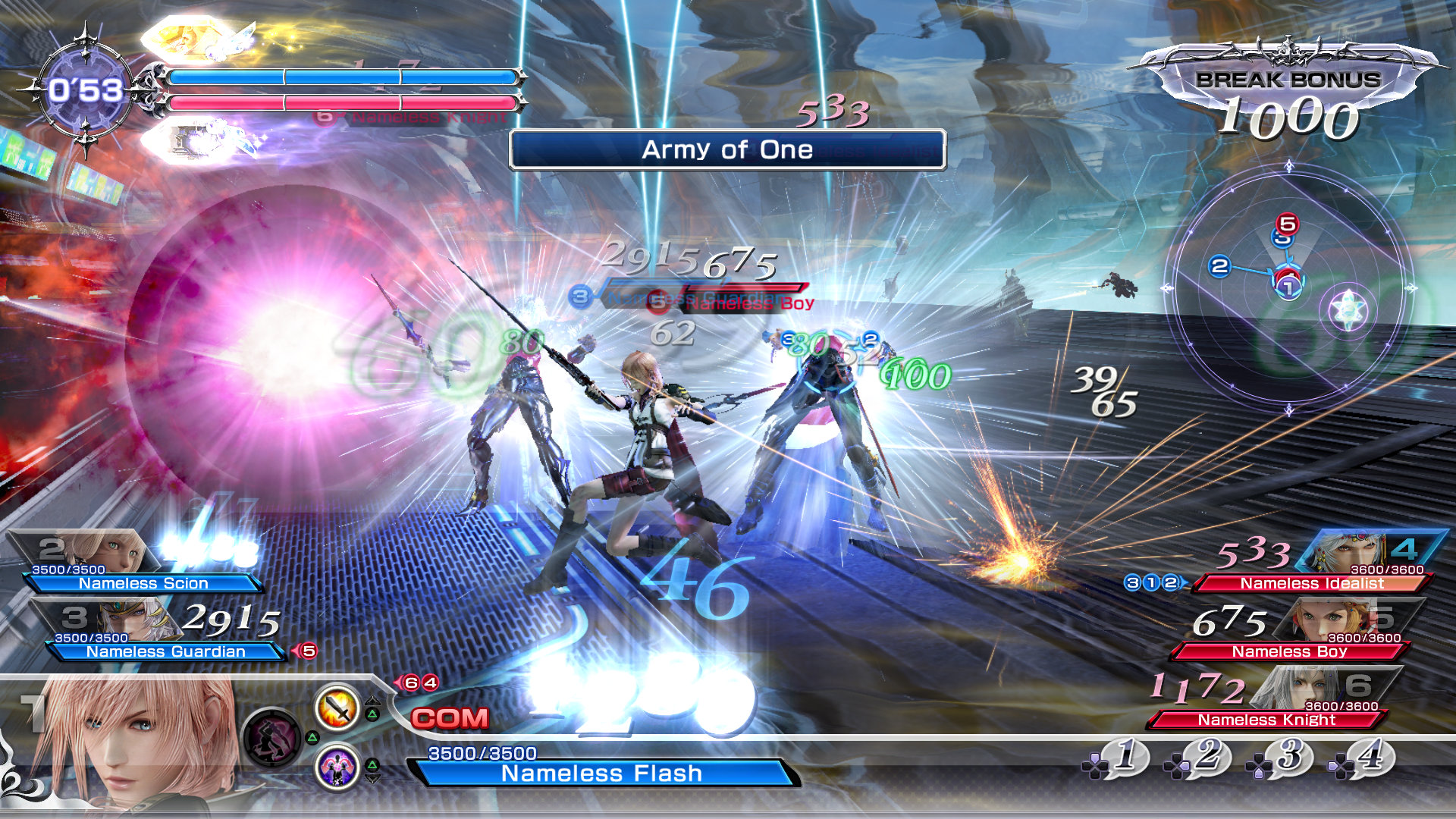
This means it becomes less of what you would expect with a classic fighting game, and leans more to the JRPG style, which absolutely fits the franchise the game belongs to. The problem comes with expectation. Expecting a fighting game can isolate the way you play in early fights which will be detrimental to your experience, and it’s once you break those prejudices that the game starts to shine.
Final Fantasy Dissidia NT has heroes and villains from most of the Final Fantasy games pulled into an alternate world for the fight of good against evil. That’s really about the extent of the story, you follow groups of characters as they make their way along a set linear path using crystals to unlock memories. These memories have some fights associated but for the most part, you’ll just watching beautiful cut scenes.
The Story mode will give you some crystals to advance, but the bulk of them will be collected by playing other modes, which interrupts any flow that the story builds up as you constantly must pull yourself away. The story also doesn’t ease you in with easier fights, in fact even after many hours of play, when I hit the first story fight, I really struggled to scrape through. The story also uses Summon battles which took me more losses to win than I want to admit, and some of which I am still yet to beat.
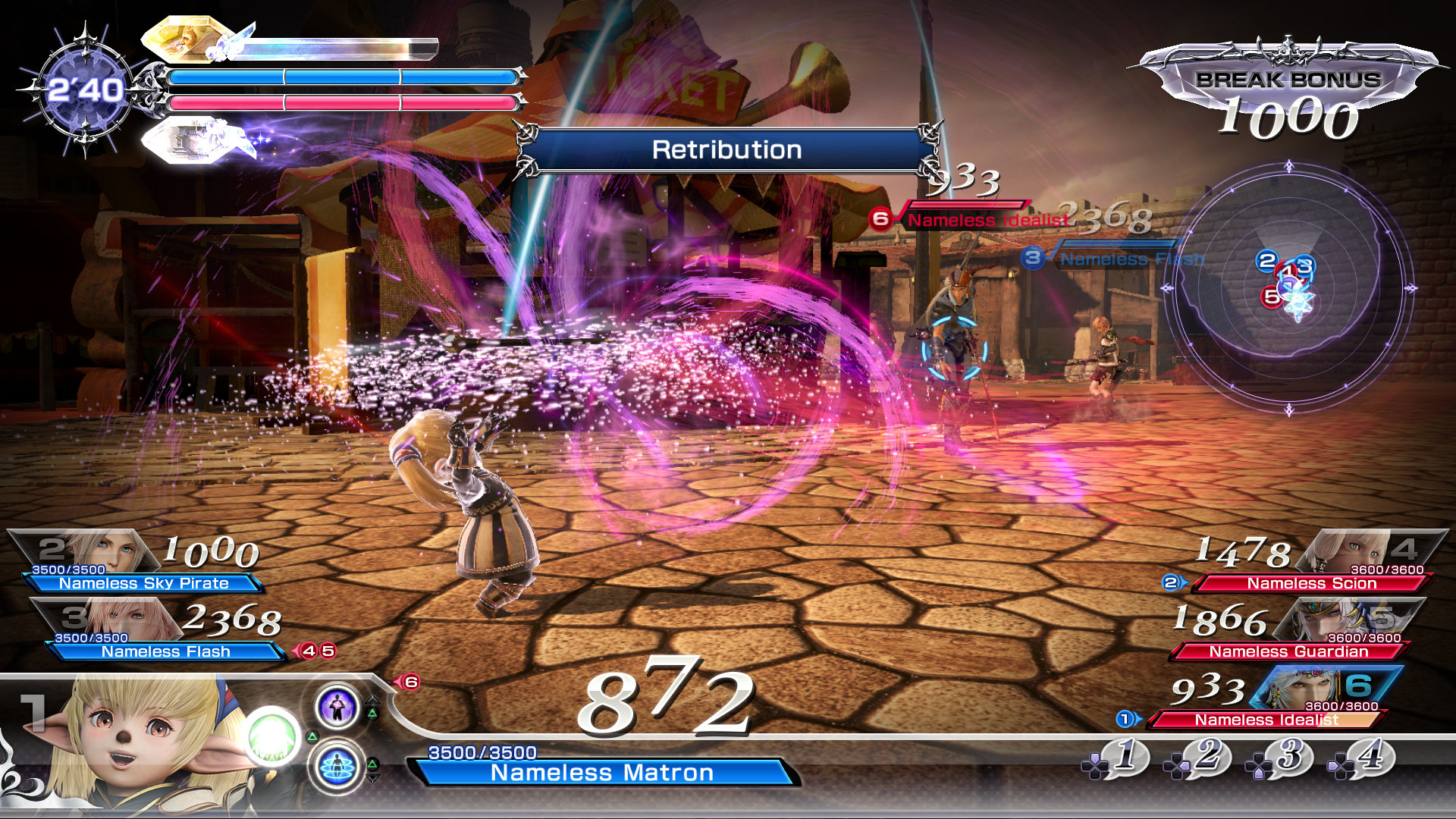
With the lack of time to being eased into the gameplay, the game requires a tutorial that shines. Unfortunately, Dissidia’s tutorial glows only a little bit, covering the basics, and some complex stuff, but doesn’t capture how to play the game for a newbie, or someone who hasn’t touched the series for years.
Instead, to get the hang of the game you need to lose a handful of fights as you stumble your way through with a knowledge of the basics. Powering through this learning phase is worth it as it suddenly becomes entertaining as you get the hang of the game.
The general gist of the game is each player has a health bar and a number above it. The health bar is damaged with HP attacks, and the number is damaged with bravery attacks. The kicker is that the lower the number is, the more damage the HP attacks do. All the while, the bravery can recover. During this brawl, you will also build up the summon meter, which unleashes a summon who spends some time on the battlefield helping you out. Crystals drop on the field which allows you to boost the summon meter by concentrating attacks on it, but also gives you a chance to hit opponents chipping away at the crystal.
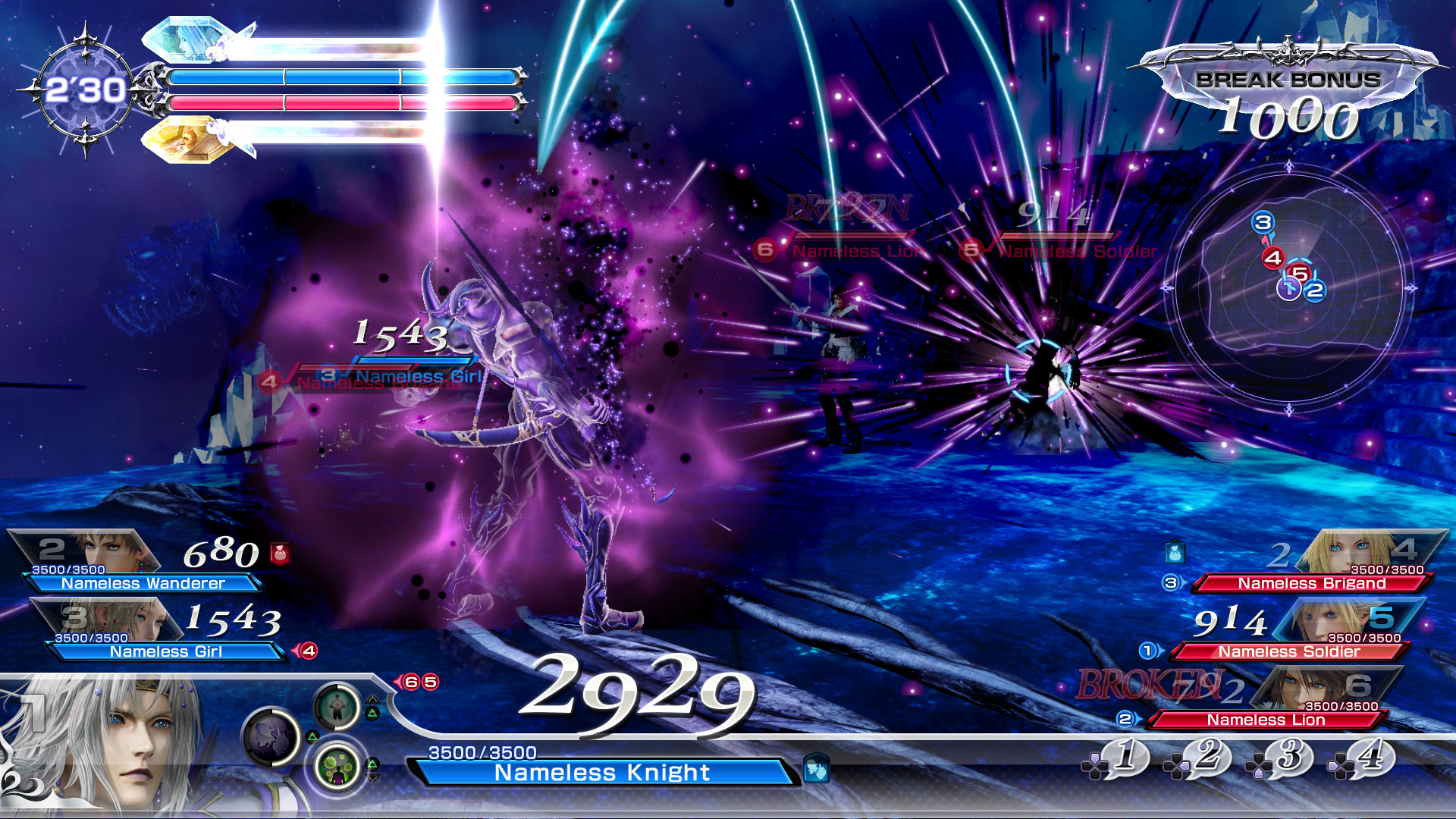
This is where the most challenging aspect of the game kicks in, managing time on the battlefield.
It’s super easy to get stuck on a task such as hitting a crystal, or chipping away at an enemy, but due to its 3v3 nature, this can result in you getting slammed from behind. Being mindful of the huge maps can be difficult, but as the opponents get harder, it becomes more important.
Fights themselves basically consist of either a 3v3 brawl, where you need to knock three opponents out to win, or core battles where you need to take out an opponent’s crystal. Thanks to yourself being able to revive on the battlefield, a couple of lucky attacks doesn’t guarantee a win in either mode, as you will always be against three enemies, which works for the game, but you do get punished by a few seconds of revive time, so it’s better to not be incapacitated.
The core Battles mode is one of the more interesting modes, as you will find yourself having to chip away at the opponent’s crystal, while defending yours. If an opponent is near their own crystal, it won’t take damage, so you will need to knock them out of the area to resume damaging it. Locking on in the game always felt awkward, and it’s never as apparent as in this mode, so sometimes luck based on your opponent’s map placement can feel like a bigger ally at times.
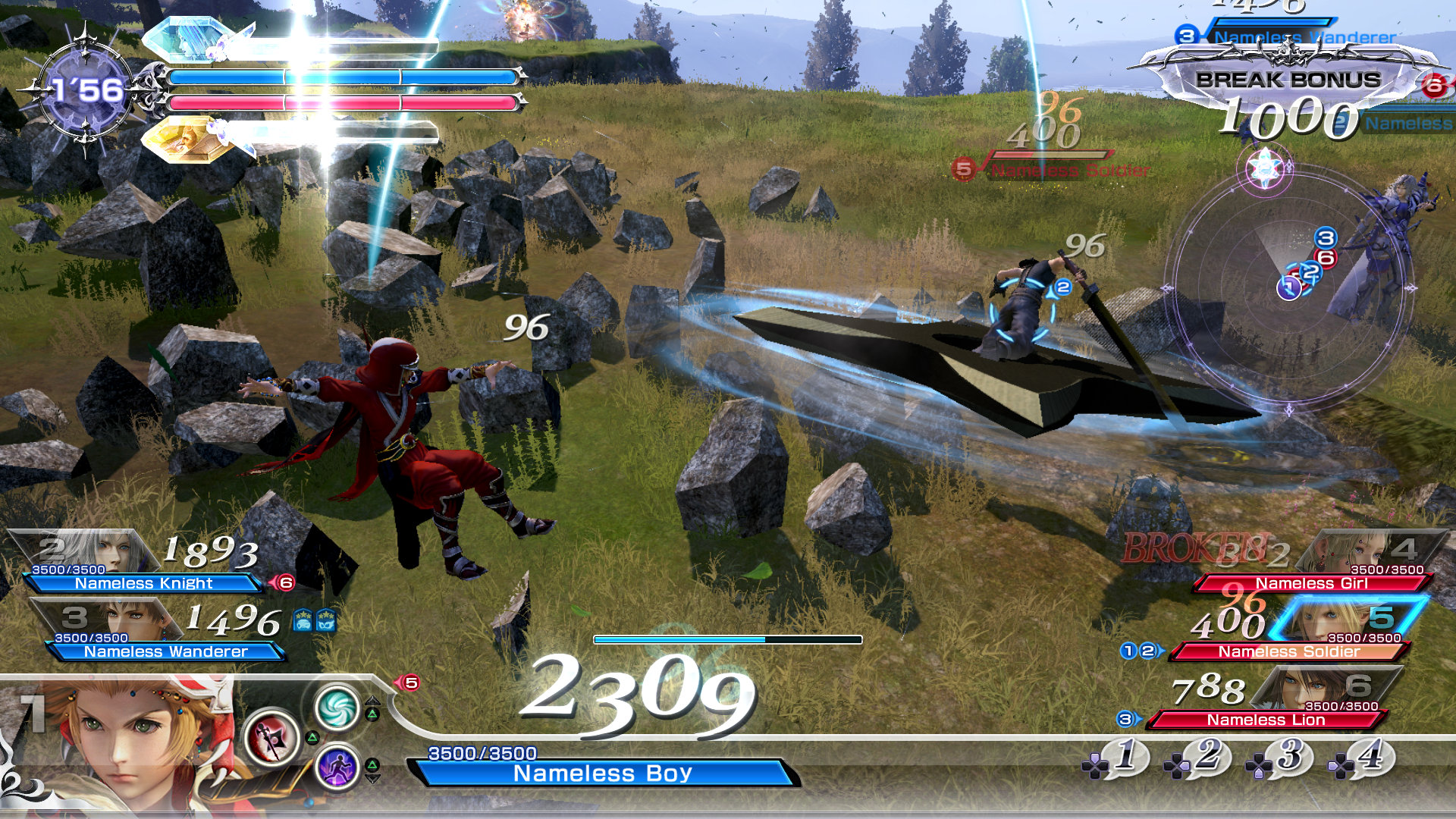
Since the game is clearly geared towards the online competition, and probably eSports, the weirdest flaw is the time it takes to find online matches. Matchmaking consistently took over 30 seconds a round, which sounds like a small amount of time, but not when you’re staring at a screen waiting. And it’s a lot of time to wait to get your ass kicked for the first few hours.
Final Fantasy Dissidia NT is an amazing take on the fighting genre and does the franchise it comes from justice.
With its gorgeous recreation of maps and characters from the games to its distinctly Final Fantasy music, it should appeal to most fans of the series. Keep in mind its steep learning curve, and be ready for some frustration, but bursting through the other side is well worth it.
[rns_reactions]
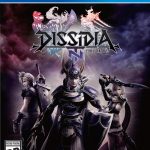
Released: February 2018
Rating: M15+
Platforms: PlayStation 4
Genre: Fighting, JRPG
Developer: Square Enix
Publisher: BandaiNamco</p

